By Richard Rule
At 10 am on Wednesday April 16, 1947, the former commandant of Auschwitz extermination camp, SS Oberstürm bannführer (lieutenant colonel) Rudolph Hoess, briskly walked under armed escort toward the small wooden gallows specifically built for him inside the camp grounds. Witnesses were surprised that a man facing imminent execution would set such a rapid pace.
The 47-year-old Hoess had expected to be hanged from the moment he was captured in March 1946. Being arraigned before a Polish military tribunal a year later was, in his view, a mere formality. As Hoess stood above the gallows trap awaiting death, he was calm and collected—just as he had been when ordering the annihilation of millions in the gas chambers.
While Auschwitz is the most potent symbol of the Holocaust, its commandant, Rudolph Hoess, has remained largely unknown. How a seemingly decent solid family man could, without a trace of genuine remorse, become the most infamous mass murderer the world has ever known is a story that is as remarkable as it is shocking.
Joining the Nazi Party
Rudolph Hoess was born to devout Catholic parents in the German spa town of Baden-Baden in 1900. Throughout Hoess’s lonely childhood, his father’s dogmatic, overbearing influence instilled in his son the belief that it was virtuous to surrender all personal independence to those in authority. It was an enforced discipline that would define and shape Hoess’s entire life.
At 15, the young man enlisted in the German Army during World War I and served with distinction on the Turkish Front, becoming at 17 the youngest infantry sergeant in the German armed forces and receiving the Iron Cross (First and Second Class) for bravery. Following Germany’s capitulation in 1918, Hoess returned from the front harboring a desperate sense of betrayal over Germany’s humiliating armistice only to find his nation on the brink of complete anarchy.
Lost and directionless, Hoess soon joined one of the national paramilitary groups fighting the perceived communist threat to Germany in the Baltic region. In 1922, he was drawn to the fledgling Nazi Party, but within 12 months he was sentenced to 10 years of hard labor for his involvement in a brutal, politically inspired murder. He was released under a general amnesty in 1928.
Hoess remained a committed Nazi but spent the next six years working peacefully on various farms and estates where he was remembered as a kindly, unselfish, but introverted man. In 1934, he accepted an invitation from SS Reichsführer Heinrich Himmler to become a member of the active SS. The uniform and pay were very appealing to the newly married Hoess, and as a member of the Totenkopfverbande (Death’s Head Units) he was posted to the infamous Dachau concentration camp.
Hoess was a loner but a model SS man, and he excelled in his duties, leading to rapid promotion and higher responsibilities. He integrated easily into the protective custody service; the stern discipline, strict regulations, and esprit de corps of the SS provided him with order, stability, and a regimented sense of command and obedience.
Commanding Auschwitz
Outwardly at least, Hoess neither looked nor behaved like the stereotype SS thug—he was soft-spoken, modest, and rarely drank. Lacking the physical presence, arrogance, or haughty swagger of his SS comrades did not mean, however, that he was weak or capable of a lesser evil. Although he never wantonly harmed a prisoner, he was, in his own quiet understated way, as hard and as ruthless as any man in the SS.
This conscientious, self-disciplined automaton would, without hesitation, carry out any command he was given, no matter how gruesome, no matter how monstrous. His unswerving obedience to his masters left him incapable of behaving in any other way.
Within months of the German invasion of Poland in September 1939, the social and political fabric of the defeated nation was being systematically torn apart by the SS. In April 1940, SS Hauptstürmführer (Captain) Rudolf Hoess was ordered to establish a concentration camp in the newly annexed province of Upper Silesia in western Poland to deal with political dissidents and anyone else who opposed German rule. It was to be built around the 22 dilapidated brick barracks of a former Polish Army base outside the bleak industrial frontier town of Oswiecim, 60 kilometers west of Krakow.
The world would come to know this place better as Auschwitz.
Hoess had leapfrogged more senior candidates for the posting, and not even the gloomy, damp Polish countryside could dent his spirits. With immense energy, he quickly set to work constructing the camp, sparing no one in his relentless drive to get the job done. The Poles and local Jews press-ganged into building the facility would soon be exposed to the type of appalling SS terror for which Auschwitz would become notorious.
In what later became common practice, the laborers learned that SS punishments for the slightest infraction were usually immediate, violent, and often fatal.
“Arbeit Macht Frei”
Three months after his promotion to commandant, Rudolf Hoess watched like a Nazi conqueror as the first transport of Polish prisoners shuffled miserably beneath the words “Arbeit macht frei” (Work is liberating). It was a cynical slogan used at Dachau, which Hoess adopted and had fashioned prominently over the new iron gates framing the entrance to the camp.
Nazi Germany’s seventh concentration camp had risen from the ashes of a vermin-ridden Polish Army base like a monstrous black Phoenix. By March 1941, it would hold more than 10,000 inmates. No other camp in the German Reich held more.
During its “Polish phase,” the sturdy two-story brick barracks of Auschwitz would serve primarily as a poorly resourced detention and quarantine camp for prisoners being sent to Germany. Cut off as the prisoners were from the outside world by electrified barbed wire and guard towers—a calculated and extremely effective method of breaking a man’s will to resist—every vestige of the prisoners’ humanity was deliberately trampled to dust by the SS. In stark contrast to the miserable existence of the inmates, Hoess and his family lived just outside the camp in a comfortable two-story stucco house adorned with custom-made leather furniture, plush carpet, and servants to attend their every need. As the first family in the SS hierarchy at Auschwitz, they would want for nothing.
The Brutality of Hoess’ Camp
While Hoess’s rise to power had indeed been spectacular, cracks soon appeared in the loathsome SS foundations upon which the camp was built. It did not take long for widespread corruption and incompetence among the SS staff to surface everywhere Hoess looked. He may well have been in overall command of Auschwitz, but his SS officers, NCOs, and privileged German criminal prisoners called kapos controlled the day to day running of the camp itself. Inside the wire, these men were free to do as they pleased, and most clung to the brutal SS methods and principles learned over many years in Germany; new members to the Lager-SS followed the lead of the older hands. The men’s fear of the ever vigilant Hoess was strong, but their insatiable greed was often stronger.
The endemic culture of mindless cruelty, unrestrained violence, and notorious corruption frustrated Hoess’s sense of order. As the camp’s prisoner population rapidly expanded, he appealed for better quality men than the dregs of the SS that he had been burdened with. The fastidious Hoess was bitterly disappointed to find that the additional guards that he did receive were not even German, but poorly trained SS auxiliaries from Slovakia, Croatia, and the Ukraine. These illiterate thugs soon proved themselves to be even more vicious and incompetent than the German and Volksdeutsche (ethnic German) guards he already had.
It was not only the poor quality of the SS guard units that angered Hoess. With astonishing hypocrisy, he claimed to have been disgusted by the conduct of the camp’s autonomous SD personnel. The SD (Sicherheitsdienst or Security Police of the SS) were responsible for maintaining camp security, and they took their orders not from Hoess, but directly from the head of the camp’s Politische Abteilung, or Political Department. The SD men tortured and summarily executed prisoners at will in the notorious punishment barrack known as Block 11, which was, in effect, a prison within a prison and the most feared building in the camp.
Hoess may have been scathing about the SD’s sadistic excesses, but his own appalling methods were often just as brutal. When the number of escapes from Auschwitz reached epidemic proportions, Hoess ordered that all recaptured prisoners be executed. To increase the psychological impact, the SS turned the executions into a spectacle whereby the condemned men, beating drums, were slowly marched around the camp wearing placards that said “Hurra! Ich bin wieder da” (Hurrah! I am back again). They would be hanged from gallows alongside the front gate to act as a deterrent to other prisoners.
The families of successful escapees were rounded up in reprisal and taken as hostages in their place. If they could not be found, Hoess allowed 10 to 12 prisoners to be randomly selected from the escapee’s work detail or barrack and starved to death in Block 11. SS ideology preached that harsh deterrents were the most effective deterrents, and in Hoess’s mind these measures were completely justified and violently enforced.
Construction of Birkenau
Hoess was a perfectionist with an administrative zeal that did not go unnoticed by Himmler. He was impressed with Hoess and, during an inspection tour in March 1941, commanded him to triple the prison population to 30,000. In addition, he wanted a second camp built nearby to hold 100,000 Russian prisoners of war whom Himmler had earmarked as slave laborers for his SS-inspired construction projects. They could also be hired out to German companies like I.G. Farben, Krupp, Siemens, Bayer, and Buna Werke, which were soon to be establishing factories near Auschwitz.
The location for this new camp, personally selected by Himmler himself, was far from ideal. The waterlogged black soil and fetid marshes were breeding grounds for disease and prone to flooding. In spite of these obstacles, with nothing and from nothing, Himmler expected Hoess to build something vastly bigger and entirely different from any other concentration camp yet in existence.
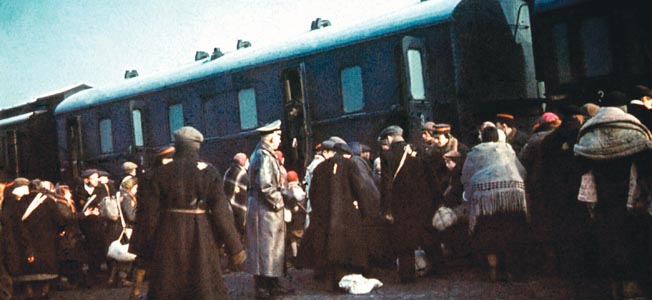
In October 1941, as snow was falling, construction work began in the bitter cold two miles from Auschwitz on a site the Poles called Brzezinka but that the Germans renamed Birkenau. More than 10,000 emaciated Soviet POWs were dragooned into building the facility, but progress was slow. Hoess was soon behind schedule. Ignoring the atrocious weather, he had the prisoners driven even harder to make up the lost time.
The consequences were disastrous. Treated worse than animals, nearly all these hapless Russians would die from starvation and savage SS abuse, but, of more importance, the SS camp was finally completed. About 20,000 acres of the surrounding country had been cleared of all former inhabitants, and the entire area could be entered only by SS personnel or civilian employees who had been issued special passes.
The vast expanse of Birkenau was never designed to sustain life but merely to delay a preordained death. It was not, however, to be filled with Russians as originally planned. Instead, tens of thousands of Jews would be crammed into the squalid horse stable barracks cobbled together with wood over dirt floors and furnished with tiered bunks. Despite being designed to hold 500 people, the SS crammed more than 1,000 people into each windowless barrack block.
Hoess considered the Jews to be the lowest category of prisoner in the camp, and in his memoirs he poured scorn on their inability to form a “homogeneous” community. He simply could not grasp that it was all but impossible for these Jewish prisoners, thrown together from all over Europe, to foster a common brotherhood in such a ferociously lawless environment; many did not even speak the same language.
By merely existing, they were branded enemies of the Reich, undeserving of pity or understanding. In Auschwitz-Birkenau, Hoess and his SS guards would ensure they received neither. Backbreaking labor, beatings, and disease would ensure that few of these starving people survived more than a few months.
When Birkenau became operational, Hoess was soon swamped by a torrent of grandiose schemes and directives dreamed up by the Reichsführer himself. Himmler’s plans for his proposed SS utopia were insatiable and included fish-breeding ponds, cement plants, coal mines, and countless others. Hoess, who controlled the lucrative Jewish labor force that would build these enterprises, was soon to discover that a monstrous death-laden storm was about to break over Nazi-occupied Europe.
Until late 1941, the fate of the Jews under Nazi control had been at best improvised, at worst murderous. Having developed along an often disjointed and crooked path, the fragmented pieces of what was euphemistically termed the “final solution of the Jewish question” found concrete form in 1942.
At this time the Nazis set themselves on an inconceivable yet unalterable course to hunt down every Jew in occupied Europe and exterminate them to the last man, women, and child. Having given impetus to this unprecedented industrialized program of mass annihilation, the regime would soon call upon loyal Nazi family men like Rudolph Hoess to carry it out.
The overworked Hoess was apprehensive when summoned urgently to Berlin to receive personal orders from Himmler. It was unusual for a mere SS captain to be ushered into the presence of the Reichsführer without even his adjutant being present. Hoess would soon understand why.
From Concentration Camp to Death Camp
“The Führer,” Himmler began gravely, “has ordered that the Jewish question be solved once and for all [and we] the SS are to implement that order. Every Jew we can lay our hands on is to be destroyed now … without exception.”
In his capacity as the supreme overseer of the Final Solution, Himmler had grown dissatisfied with the mass shooting of Jews by mobile SS murder units, or Einzatzgruppen. It was proving to be inefficient, sloppy, and too public. The inclusion of women and children had also made these wholesale murders too distressing for the executioners.
Despite his concern for the anguish and torment these shootings were causing his SS soldiers, there was never any question in Himmler’s mind of discontinuing the killings—merely the manner in which they were carried out. After a period of consultation, the Reichsführer decided that the only practical alternative to shooting was the use of lethal gas. Himmler wasted no time explaining to Hoess that secret extermination centers were already operating in the East but they lacked the killing capacity to carry out the large actions that were anticipated. He had therefore earmarked Auschwitz for this purpose; the camp’s geographic isolation, sparse population, and extensive rail connections made it an ideal choice.
Himmler ordered Hoess to prepare detailed plans for industrial-style gassing installations, capable of annihilation on a massive scale, to be built at Auschwitz. Such was the secrecy surrounding this matter that Hoess was not permitted to discuss his orders with anyone but the head of the Gestapo’s Jewish office in Berlin, SS Stürmbannführer Adolf Eichmann.
While Hoess had little quarrel with individual Jews, he admitted that as an ardent Nazi he had no moral qualms about the command to exterminate them. A total subordination to authority left Hoess not only incapable of questioning the Reichsführer’s judgment on the matter but also completely immunized him from any emotional connection or individual sense of responsibility for what was to follow. Hoess would admit after the war that the thought of disobeying Himmler never even entered his mind.
The express orders issued to the other death camp commandants in eastern Poland was for swift and ruthless extermination. Hoess, however, had a different mandate. He would be in command of a slave labor, penal, and now Vernichtunslager (mass-murder camp) spread across three separate camps but all rolled into one murderous 20,000-acre complex.
There would only ever be one camp like Auschwitz.
Industrializing Genocide
Exterminating an entire race of people was a task that would require enormous resources, detailed planning, and every ounce of organizational and innovative skill Hoess possessed. The technology of lethal gassing was still in its infancy, so Hoess inspected other camps that used carbon monoxide pumped from truck engines into chambers or fed back into sealed moving vans. He was unimpressed with what he saw. Most applications were lethal enough, but the methods were crude and inefficient and the numbers murdered too small.
To cope with the volume of people that Eichmann would soon be dispatching to him, Hoess would need much larger installations than those he had seen at Treblinka and Chelmno, and he fretted over the practical mechanics of fulfilling his dreadful assignment. His anxieties were eased when, over copious amounts of cognac, he and Eichmann outlined a sketched blueprint of the gas chambers and crematorium they would require.
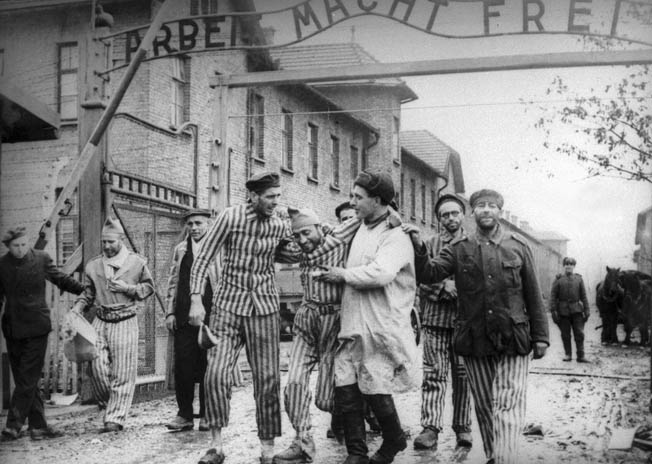
Both were pleased with their design, but it still left the problem of finding a faster-acting killing agent than carbon monoxide. In what was a pivotal development, Hoess would soon discover that the instrument of mass annihilation he sought was actually in his possession all along.
Through a secret SS protocol, Russian commissars (communist political officers) were routinely combed out of POW camps and brought to Auschwitz to be shot. In an attempt to find an alternative to these bloodbaths, the deputy camp commandant, SS Hauptstürmführer Karl Fritzsch, herded 850 Russian POWs and other sick Polish prisoners into specially prepared underground cells in the basement of Block 11.
On his own initiative and without Hoess’s knowledge, he successfully murdered them all using a pellet-type pesticide called Zyklon-B, which turned to lethal cyanide gas when exposed to air. Following further trial and error to get the dosage correct, Hoess attended the gassing of another group of Russians. He admitted having little concern over their fate but was impressed by the lethal nature and efficiency of the pesticide. He recalled: “Gassing [with Zyklon-B] set my mind at rest, for the extermination of the Jews was to start soon and … now we had the gas.”
Hoess insulated himself from the horror of his orders by adopting the passionless mind-set of a petty bureaucrat, which remarkably allowed him to view the mechanics of genocide as a purely administrative procedure. In this respect, far from being an unwilling mindless functionary, he proved himself to be an active and in many respects ground-breaking innovator in the developing techniques of mass murder.
Although the enormous industrial type apparatus Himmler envisioned for the mass liquidation of the Jews was yet to be finalized at Auschwitz, the gassing of condemned Russian prisoners and Poles continued in the secluded basement cells of Block 11—but it proved to be impractical and labor-intensive. In an effort to improve the secrecy and speed of the killings, Hoess transferred the operation to the parent camp’s large mortuary, which he had converted into a gas chamber. Within this concrete block the SS could effectively liquidate and incinerate 900 victims under one roof while trucks and motorbikes parked nearby revved their engines to stifle the victims’ screams.
Over the ensuing months, thousands of Poles, Russians, and “unproductive” Jews from Auschwitz and the surrounding area would be put to death here. Secrecy was always difficult to maintain in the parent camp, so to camouflage the killings more effectively Hoess had the gassings shifted to two secluded farmhouses in an isolated wooded area in a remote corner of Birkenau. These shabby thatch-roofed cottages were crudely converted by the SS into killing installations they dubbed the Little Red House (Bunker 1) and the Little White House (Bunker 2). Capable of liquidating 800 and 1,200 people, respectively, they were far enough away from the barracks to ensure complete secrecy, and only SS personnel with special clearance were allowed to enter this prohibited zone.
“Germany Will Pay a Heavy Penance for this Mass Murder of the Jews”
With the ability to now kill 2,000 people a day, the murders of Jews officially commenced in earnest in July 1942, when an entire transport from Upper Silesia was gassed on arrival. Soon afterward, a formalized process of selection was instigated, whereby the SS casually examined each trainload of Jews to determine who would live and who would die. Separated by gender, the healthy, young, and strong were taken into Birkenau as laborers to be worked to death, but nearly 80 percent of the rest were marched or trucked directly to the gas chambers in the woods. Pregnant women, the old, the infirm, the handicapped, and children under 15 were marked for what the SS dubbed “special handling.”
At the Treblinka death camp northeast of Warsaw, many victims were already aware of their fate and often resisted. To avoid outbreaks of panic and riots, Hoess decided to use deception rather than brute force to fill the chambers at Auschwitz. He believed it was more expedient and less stressful for his men to have the Jews walk meekly into the gas chambers like unprotesting sheep rather than be driven in with kicks and blows.
The key for the whole ghastly process to work smoothly hinged on deceiving his victims to the very last moment. His plan was for the elaborate charade to begin during the two-kilometer walk from the train platform to the cottages. The SS guards were ordered not only to make polite small talk and joke with the people to keep them calm but also to discreetly weed out and dispose of potential troublemakers along the way.
To further allay suspicions, Hoess had signs which read “zur Disinfektion” (to Disinfection) or “zum Baden” (to the Baths) put on the buildings and even escorted the morbid procession with a Red Cross vehicle that actually carried the canisters of the lethal Zyklon-B.
Most of the disoriented Jews were successfully deceived, but Hoess recalled that some victims suspected the truth. “One woman approached me [and] pointing to her four children whispered: ‘How can you bring yourself to kill such beautiful, darling children? Have you no heart at all?’” he wrote.
An elderly man, his eyes burning with hatred, hissed at Hoess, “Germany will pay a heavy penance for this mass murder of the Jews.” He then calmly walked into the chamber and perished with the rest.
Disposing of the Bodies
These heart-wrenching scenes were common, but Hoess remained outwardly unmoved as some of his victims “would call down every imaginable curse upon [his head].” The riches these lost souls had hidden in their clothes could not buy their lives, their pleas for mercy were ignored, and their wailing prayers to the heavens were not to be answered. There really was no escape, and the SS often joked that the only way out of Birkenau was through the chimney.
Gassings were completed within 3 to 15 minutes, and, to spare his own men from the psychological stress of clearing the dead, Hoess had specially selected Jewish prisoners assigned to the gruesome task of removing the bodies from the death chambers. These Sonderkommandos were never to leave the place alive. They had seen too much, and on Hoess’s direct orders they would be murdered after a few months and replaced by others.
Creating the corpses was not difficult for the SS; their most pressing problem was disposing of them. After their gold teeth were ripped out and valuables removed, the bodies were dumped in mass graves. In the summer, however, the more than 100,000 putrefying corpses contaminated Birkenau’s water supply, forcing Hoess to have them exhumed and incinerated in enormous flaming trenches in the surrounding meadows. Future victims met the same fate in fire pits that were kept burning around the clock. The tons of ash were unceremoniously dumped into nearby rivers, spread as fertilizer, or used as insulation in camp buildings.
The scope and magnitude of the hideous murders increased beyond even Hoess’s expectations as the number of sealed Jewish transports rolling in from all over Europe steadily climbed month after month. Trains loaded with terrified Jews arrived from Belgium, Holland, Yugoslavia, Finland, Greece, and many other countries. Even nations allied to Germany like Austria and Italy were combed from top to bottom for Jews, and a large percentage found their way to Hoess and his makeshift gas chambers.
Amid this period of unrestrained murder, one of the most appalling crimes to ever occur at Auschwitz unfolded when a transport from France carrying 4,000 small Jewish children was shunted to the platform. The parents of these children had already been deported to their deaths weeks or months earlier, and during that time most of these infants had been kept in a holding camp in Paris. Their fate was finally sealed when the SS sent them en masse to Auschwitz where, within hours of arrival, Hoess had them taken into the woods of Birkenau and murdered in the two gas chambers. No one was spared.
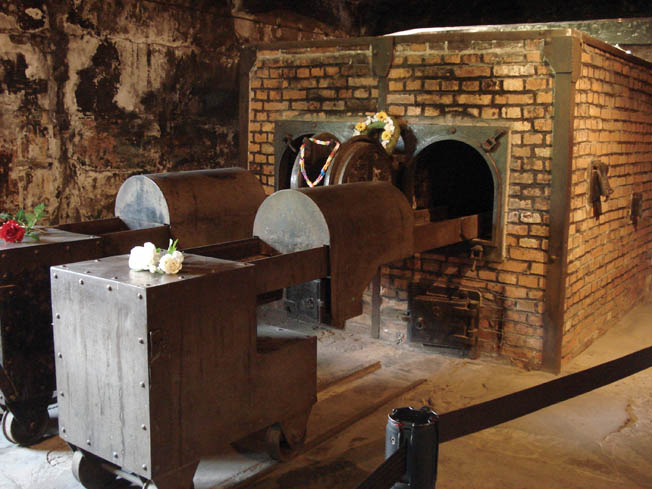
“Cold and Indifferent”
Himmler’s prediction that Auschwitz would, in time, be the primary killing site of the Jews had become a reality as mass murder became a fixture of life at the camp. Despite the elaborate security measures, Hoess realized that secrecy about the killings would be impossible to maintain. He knew that the nauseating, acrid stench of burning flesh would confirm local rumors of the exterminations at Auschwitz. He also knew, however, that SS terror had taught the Poles to keep their mouths shut. The Nazis had prophesied that very few would lift a finger to save the Jews, and it seemed that even fewer would risk exposing their demise.
Gassing may have spared the SS the shooting bloodbaths that Himmler’s men had found so distressing, but many of the SS men in the thick of the exterminations struggled to cope, particularly when dealing with Jews from the Reich who spoke to them in German. Hoess was constantly approached by his subordinates either wanting transfers or, more commonly, an explanation as to why the killing of thousands of women and small children was really necessary.
He tried to allay their anxieties by stating that it was done on Hitler’s orders, which were to be obeyed without question. Hoess admitted that he himself often had secret doubts about the killings and confided to Eichmann that he became weak-kneed when sending children to their deaths. He was later ashamed of this weakness, especially after Eichmann explained that it was illogical to leave the children alive to one day act as avengers.
These words fortified Hoess and strengthened his resolve to set the standard in front of his men, and he later recalled that it was “essential that I myself appear … cold and indifferent to events [and] watch coldly, while mothers [and] children went into the gas chambers.”
Many high-ranking Nazi leaders and SS officers in their elegant uniforms came to Auschwitz to see the extermination process firsthand. More than a few were deeply affected when confronted by the stark and horrendous reality of what the annihilation of the Jews entailed. Hoess recalled with disdain, “Some who had previously spoken most loudly about the necessity for this extermination fell silent once they had actually seen the final solution of the Jewish problem [in practice].”
The squeamish Himmler even arrived to witness the gassing procedure from beginning to end. For the purpose of the demonstration, Polish Jews were bundled into the gas chamber at 8:55 am in readiness for gassing at 9 am. For two hours the terrified souls, who knew what was about to happen, remained locked in the room while Himmler and Hoess decided to enjoy a late breakfast. Finally, at 11 am, the official party arrived and Himmler watched the entire macabre spectacle through the peephole. He saw the lights extinguished in the chamber and heard the order for the lethal pellets to be thrown in. He then watched the agonized victims suffocate as they were enveloped by the rising gas fumes. Himmler was extremely impressed with the well-established system of production-line murder that Hoess had pioneered, and he promptly promoted Hoess to SS Oberstürmbannführer.
Auschwitz Becomes the Primary Death Camp
During the course of 1943, following the near-complete destruction of all Poland’s Jews, the other death camps were dismantled, leaving Auschwitz to operate alone. At the epicenter of the Final Solution, Hoess was at his improvising best as he zealously pored over all aspects of the operation, including the size of transports, adherence to train timetables, gassing procedures, and countless other details of the process.
At its peak, the camp and its subcamps held more than 160,000 inmates, but these numbers placed impossible stresses on the already inadequate sanitation systems. Prisoners were ravaged by disease, and companies constantly complained to Hoess about the failing health of the laborers. No one in higher authority seemed to care.
As overcrowding reached catastrophic proportions, Hoess needed breathing space to reorganize and perform urgent maintenance, but his requests were ignored. Combating the atrocious conditions in the camp was to be subordinated to the demands of the exterminations, and the transports would not be eased or halted under any circumstances.
Hoess had been denied the resources to solve the sanitation problems, so he turned his focus toward the process of murdering the source of them. Jews were still dying in large numbers at Auschwitz, but as late as 1943 the method of their destruction was still, to a certain degree, improvised. That was all soon to change.
The construction of a number of large crematory/mortuaries had been planned for Birkenau, but Hoess radically modified their design to incorporate enormous custom-built gas chambers. In the spring of 1943, the provisional cottage death chambers were abandoned when the first pair of these large underground gas chamber crematories became operational.
These brick buildings with their steeply pitched roofs, dormer windows, and sturdy chimneys housed the most incomprehensible murder installations ever created, and Hoess would ensure they fulfilled their task. Screened from the distant barracks by trees and hedges and cordoned off with wire fences, these state-of-the-art facilities, dubbed Krema II and Krema IV, were fitted with fake showerheads, a heating system to speed up the effects of Zyklon-B in winter, and electric lift systems to carry the bodies to the crematories. Leading Nazi personalities were invited from Berlin to witness the inaugural gassing and cremation of Jews from Krakow in these two new facilities.
Until this time, the killing facilities at Auschwitz had been “underutilized” and accounted for less than 11 percent of the total number of Jews murdered by the Nazis. When Hoess was handed two more similarly enormous gas chambers, Krema III and Krema V, in April and June 1943, he reported to Eichmann that at peak efficiency he would be able to collectively gas and cremate 10,000 people per day. On some occasions, though, he would ramp it up to 12,000. The unparalleled horror of the murder program at Auschwitz would soon rise to a level that was even beyond the comprehension of the SS.
There was never a consistent policy on anything to do with the administration of Auschwitz, not even the senseless killing. The arrival of transports packed with Jews was often haphazard, but Hoess labored tirelessly to maintain a balance between those spared for slave labor and those destined for the gas chambers. His efforts were often hampered by the conflicting and changing demands of his superiors, who seemed unable to agree on exactly how the exterminations were to be conducted.
Originally Himmler had wanted all Jews destroyed without exception, but now he wanted more able-bodied men and women directed to the labor-strapped munitions factories. Eichmann and his cohorts in Berlin, on the other hand, wanted every transport that arrived at Auschwitz completely annihilated.
Hoess Under Pressure
The happy family life that Hoess cherished was also unravelling under the pressure of this monstrous work. When his wife confronted him about rumors she had heard of mass gassings, Hoess admitted it was true. She was the only person outside the program that he ever told. From that day, his horrified wife no longer wanted sexual relations with him, at which time he forced himself on a stunning Italian prisoner, Eleonore Hodys, whom he secretly kept in a dungeon cell of Block 11. When she became pregnant, he unsuccessfully tried to have her gassed. Hodys was eventually murdered in the last days of the war.
Crippled by anxieties and stress, Hoess grew noticeably distant from those closest to him, and he often took long horse rides in the nearby woods in an attempt to clear the appalling images that flooded his mind. On the few occasions he could drag himself away from his work, he would sit with his wife and watch his two sons and three daughters swimming and frolicking in the nearby Sola River. To see his children so happy was in fact a torture for Hoess, for by now it was obvious that Germany was lurching inexorably toward catastrophic defeat. He was under no illusion about the fate that awaited men like him after the war.
Then, in December 1943, Hoess was suddenly relieved of command and replaced by SS Oberstürmbannführer Arthur Liebehenschel. The circumstances surrounding Hoess’s transfer are still not clear, but some historians suspect that SS friends in high places were protecting him from a potential court-martial over widespread corruption and the unauthorized killing of prisoners. Another theory suggests his superiors feared he was close to a mental breakdown and needed to be rested.
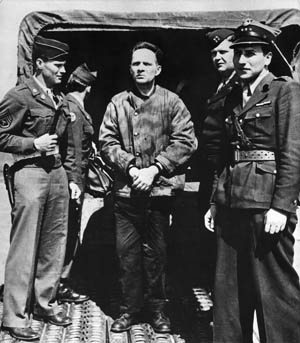
Hoess reluctantly left Auschwitz and eventually became deputy to the inspector general of concentration camps located in Oranienburg, outside Berlin. He quickly busied himself with his new administrative duties, unaware that his absence from the camp would be short-lived.
In 1944, monstrous events far from Auschwitz would culminate in the most frenzied murder spree in the camp’s abysmal history, and the SS was once again to call upon the abilities of Rudolph Hoess to complete the Final Solution.
Following the occupation of Hungary by the German Army in March 1944, Adolf Eichmann arrived to ruthlessly round up the last major Jewish community in Europe in preparation for its complete annihilation.
Aktion Hoess
Miles away on May 8, 1944, a reinvigorated Hoess once again took over temporary command at Auschwitz. He was fully aware that the fury and sheer magnitude of the Hungarian operation, codenamed Aktion Hoess, would be apocalyptic, with trains expected to arrive without respite day after day, week after week.
The murder of hundreds of thousands of Jews presented no moral difficulties for Hoess. He was, by now, totally incapable of pity and no longer even acknowledged the victims as people at all, having long ago divorced himself from any such humane association.The Rudolph Hoess of 1942 that had secretly cringed at the sight and sound of children being exterminated had, by the spring of 1944, become as soulless and hardened as the concrete walls of the gas chambers themselves.
Hoess immediately set to work meticulously preparing himself, the facilities, and his men for what was to come. Leaving nothing to chance, the extermination program was reviewed and modifications, improvements, and new initiatives were undertaken.
The speed of the murders was identified as a critical factor to expedite the killings and avoid bottlenecks at the rail platform. A three-track spur line was run straight into Birkenau, ending almost at the doors of the gas chambers. To ease the problem of body disposal, the inactive cremation ovens in Krema V were repaired, the massive chimneys reinforced with steel bands, the old burning pits excavated, and an additional five gigantic pits dug.
The frantic SS preparations alerted the resident prisoners in Auschwitz-Birkenau that something unusual was occurring. Rumors of the imminent destruction of Hungary’s Jews were confirmed when the first transports arrived on May 16, 1944. Coldly observing the incoming transports, Hoess would show them no mercy.
Everything had to move swiftly from the moment the deportees stumbled out of the cattle wagons. Unfettered by the need for deception, Hoess would rely on a cordon of heavily armed SS guards with slavering Alsatians to ensure the compliance of his victims.
The murder facilities could barely cope with the scale of the slaughter, and neither could many of the SS. Hoess, however, ignored the putrid stench to diligently attend many of the gassings himself to maintain control and order. With a cold, deadly detachment, he ensured that the gas chambers, crematories, and fire pits worked to their full capacity and beyond.
Some arrivals who were not gassed were shot at the pits and thrown into the fires—bullets were sometimes not wasted on the children. The funeral pyres belched columns of thick black smoke and flames that were visible for up to 30 miles and often blocked out the sun.
In mid-July 1944, Aktion Hoess was terminated, but in a murderous 56-day rampage Rudolph Hoess had dispassionately butchered more than 585,000 Jewish men, women, and children, including 430,000 from Hungary alone. This last murderous operation at Auschwitz confirmed the camp’s status as the most notorious site of mass extermination in world history. Hoess was awarded the War Merit Cross (First and Second Class).
Capture and Trial of Rudolf Hoess
Hoess returned to his duties in Berlin, but at the end of the war, on Himmler’s orders, he avoided arrest by disguising himself as a German sailor. For nine months he then eluded capture by posing as a humble farm laborer until his wife was coerced into revealing her husband’s whereabouts.
A short time later, on March 2, 1946, Hoess was arrested in the middle of the night while he slept in a farm outhouse near Flensburg, Schleswig-Holstein, Germany. Surrounded by armed British Field Security Police, he claimed to be Franz Lang. It was not the answer the British wanted to hear. After a series of blows, Hoess finally confessed his true identity, whereupon he was nearly beaten to death by a number of Jewish soldiers in the arresting party.
Hoess was briefly transferred to Nuremberg as a defense witness before being extradited to Poland. Hoess’s own trial began in Warsaw on March 11, 1947, where the irrefutable evidence of his crimes resonated through the court and around the world. Countless witnesses provided harrowing testimony of the gassings, torture, and cruelty that had occurred at Auschwitz, but the most horrifying witness of all would prove to be Rudolph Hoess himself.
The more than 500 people who packed the courtroom daily listened in stunned silence as Hoess offered, with a technician’s pride, a precise and detailed account of the extermination process he conducted. Many were totally unprepared for what they heard.
The Ordinary Hoess
Despite being one of three commandants at Auschwitz, Hoess was not only the longest serving but had also clearly exerted the most influence over the character and functions of the camp. The principles and techniques of mass murder he pioneered and perfected had transformed Auschwitz from an insignificant quarantine camp in the backwaters of Poland into the most efficient instrument of human extermination the world has ever known.
As a conduit between those in authority who issued the orders and the rank and file SS men who carried them out, Hoess held a unique position in the whole inconceivable operation and made no attempt to hide his guilt, nor the strength of his internal conviction to follow it through. In fact, far from being ashamed or revolted by the murders, he seemed to take pride in declaring Eichmann’s estimate that 2.5 million predominantly Jewish men, women, and children had been gassed at Auschwitz.
Despite having been forbidden by Himmler to keep records on the exact numbers gassed, Hoess believed that the true figure was closer to 1.1 million. He estimated that a further 500,000 prisoners, including 300,000 Poles, succumbed to disease, forced labor, starvation, or summary execution.
In light of what had been revealed at his trial, Hoess had appeared to have committed these crimes against humanity with the equanimity of exterminating vermin, but he was not in fact an irrational, unhinged sadist. Such was the moral twilight he inhabited. Hoess never really believed that what he had done was fundamentally wrong. In his self-pitying memoirs written shortly before his death, Hoess drew the simplistic but flawed comparison between his duty to kill women and children by gassing with the duty of Allied air crews who had also killed women and children with bombs.
The collective experience of many who dealt with Hoess in captivity after the war is possibly summed up by an American prosecutor, Whitney Harris, who in Nuremburg interrogated him at great length for three consecutive days. Harris was profoundly troubled to realize that the mass-murdering commandant of Auschwitz was not in fact touched by psychopathic lunacy at all. In reality he found Hoess to be an outwardly normal man with a demeanor not unlike that of a bland, ordinary grocery clerk.
It was perhaps the fact that he was so ordinary that made Hoess so extraordinary. That this seemingly ordinary person could ruthlessly murder thousands in cold blood day after day was horrific, but that he could so easily transform into a humble, middle-class husband and family man was positively terrifying.
“One Life for so Many Millions … is that Not too Little”
Bernard Clarke, a British sergeant who initially interrogated Hoess after his capture, also had the job of censoring the beautiful letters he wrote to his wife and children. Some brought a lump to his throat. “There was two different men in that one man” Clarke concluded. “One was brutal with no regard for human life. The other was soft and affectionate.”
Following his arrest, Hoess never saw his wife and children again, but their fate in the years after the war has remained a mystery. Some believe Hedwig Hoess remarried and emigrated to America with her children. Others claim she lived out her life in Australia. Hoess did not appeal his death sentence, and former Auschwitz prisoners successfully petitioned the court to have him hanged on the grounds of the parent camp, immediately adjacent to the gas chamber.
The authorities feared that Oswiecim residents would attempt to lynch Hoess when he was being transferred to the site and enlisted armed guards to ensure that no one was admitted to the grounds without a special pass. It was a fitting irony that the last official execution in the camp in which Hoess had murdered so many was in fact to be his own.
The Polish press barely mentioned the hanging, but one of the former prisoners who witnessed the execution, Stanislaw Hantz, recalled, “(I thought) he would say something … make a statement to the glory of the Nazi ideology that he was dying for. But no. He didn’t say a word. And during his execution you thought: One life for so many millions … is that not too little.”
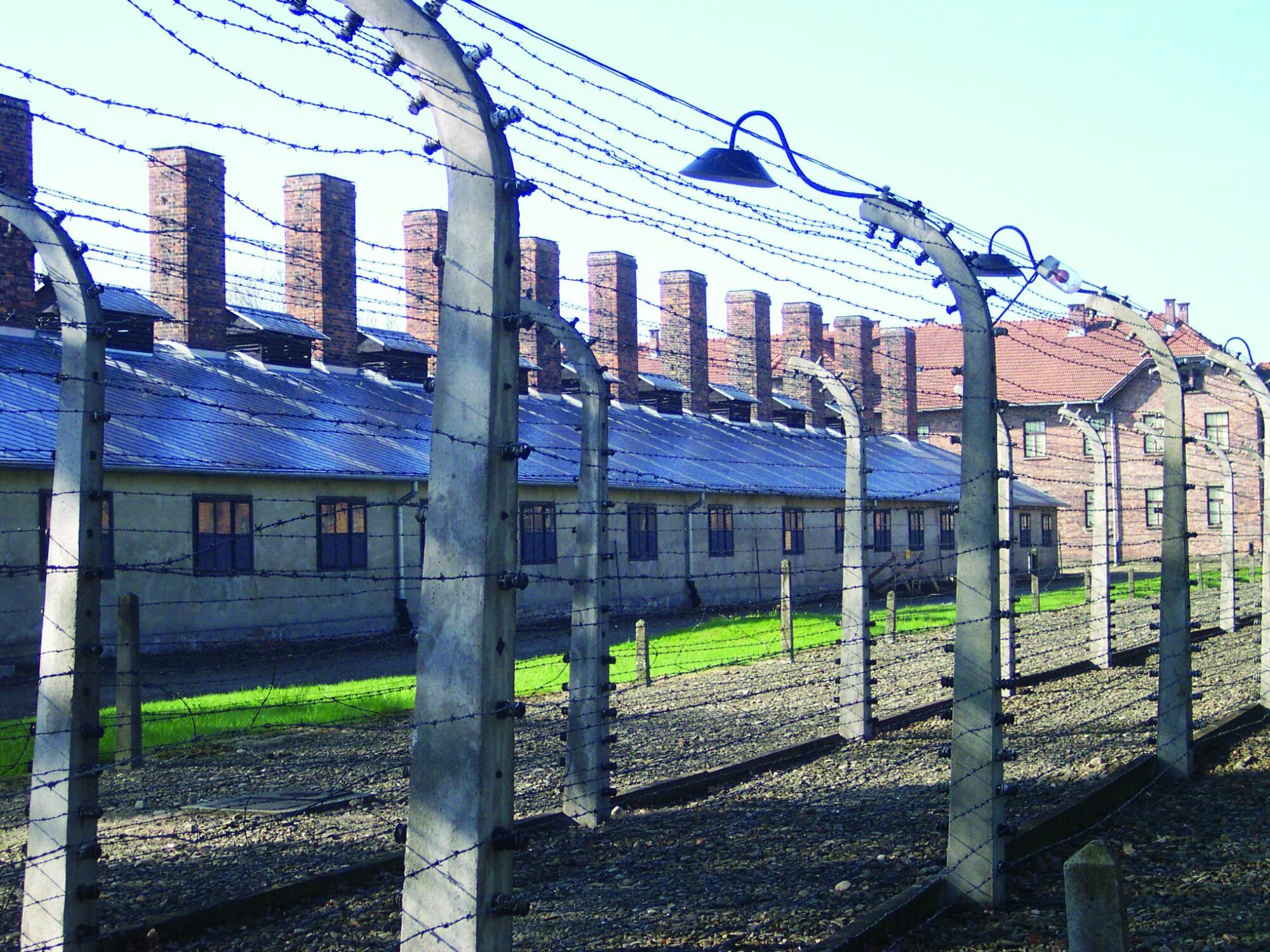
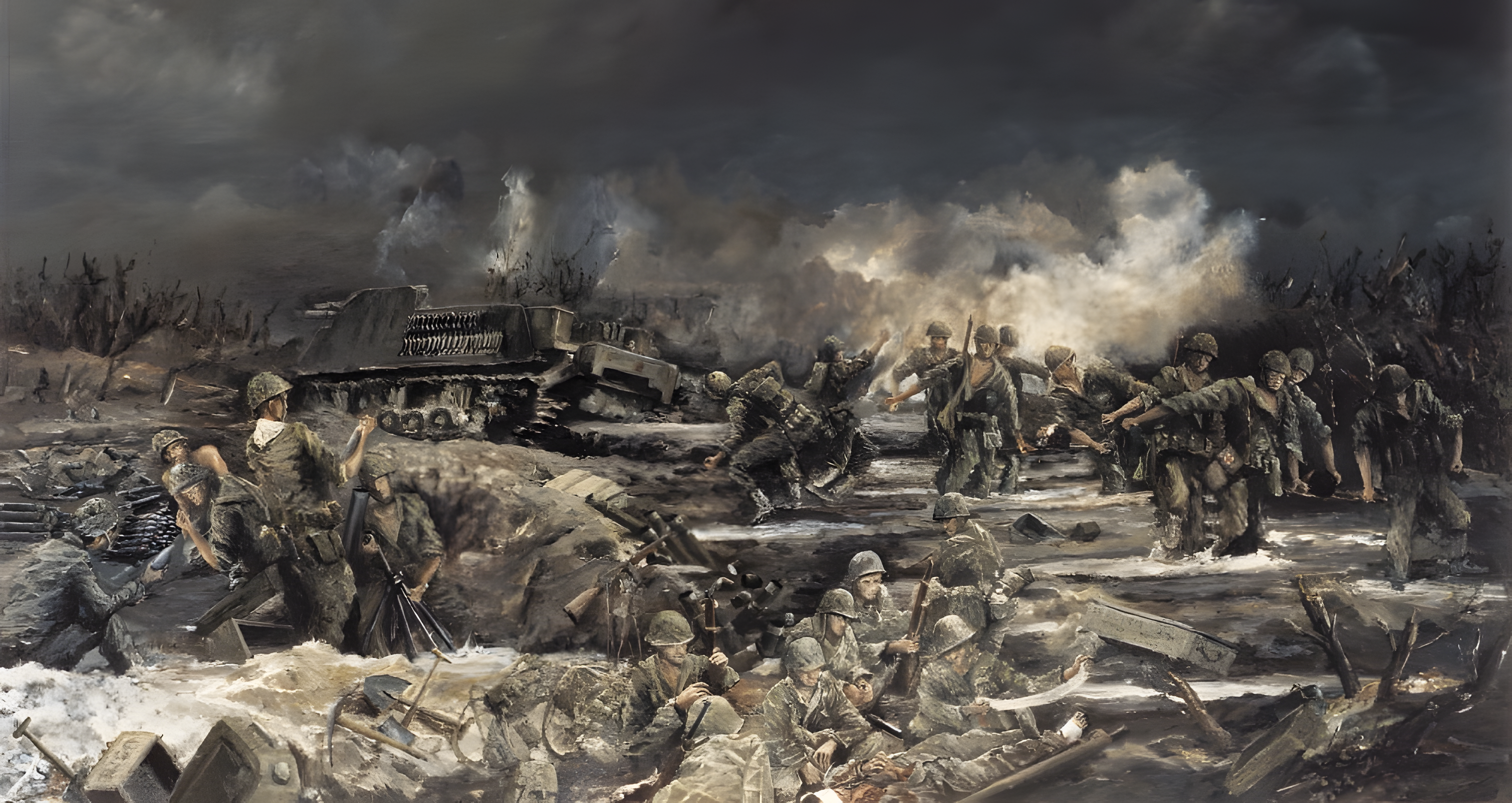
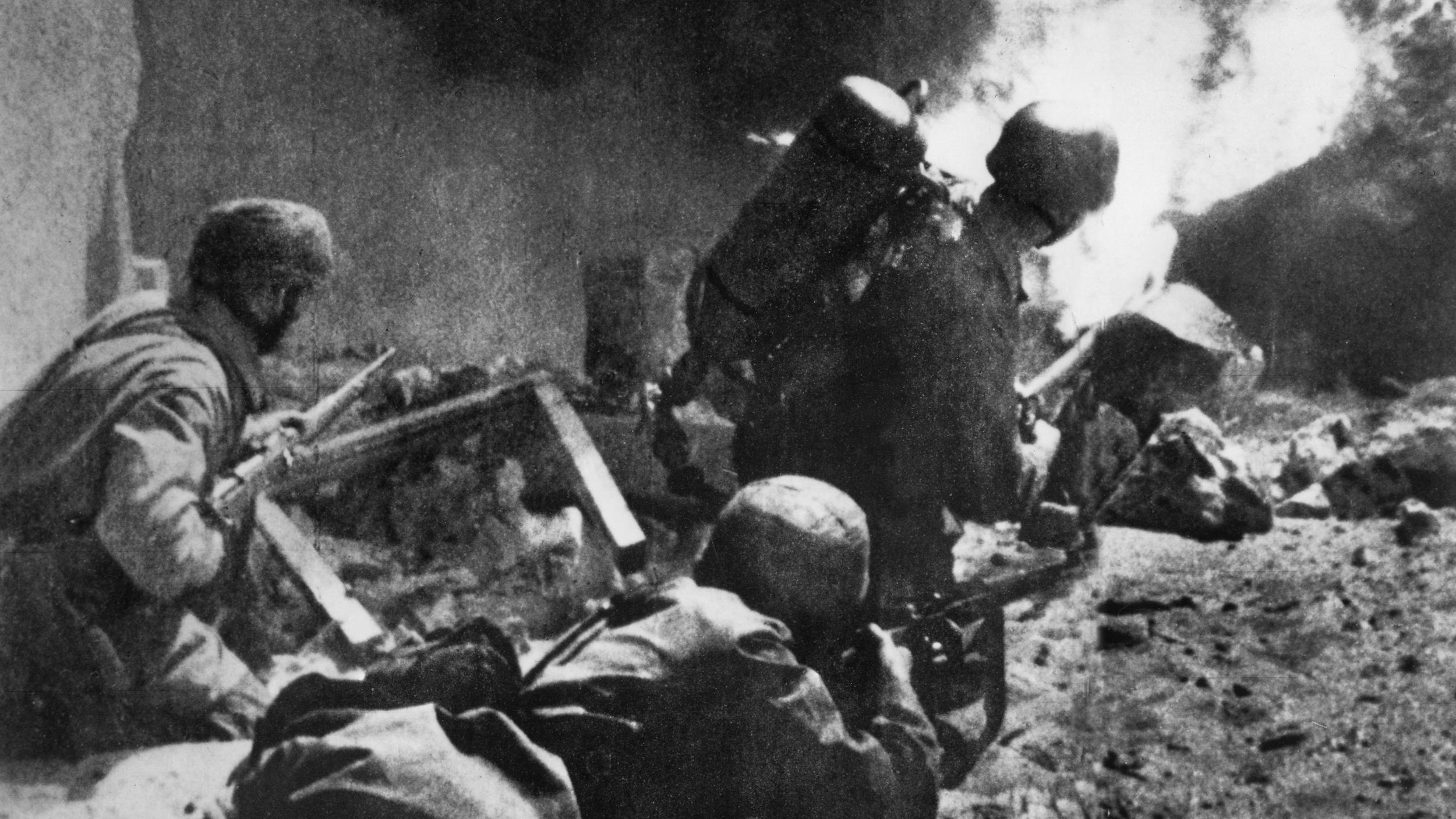
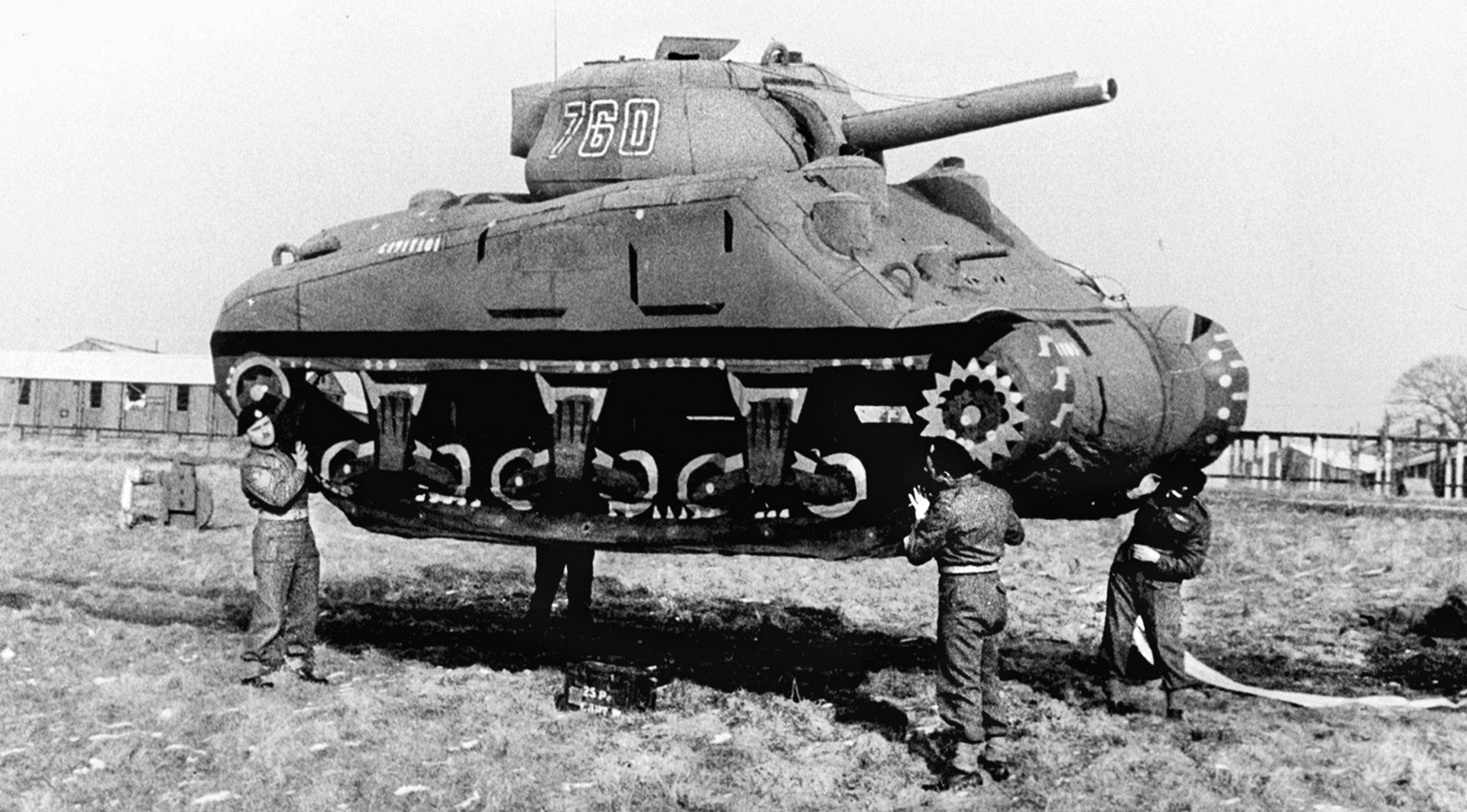
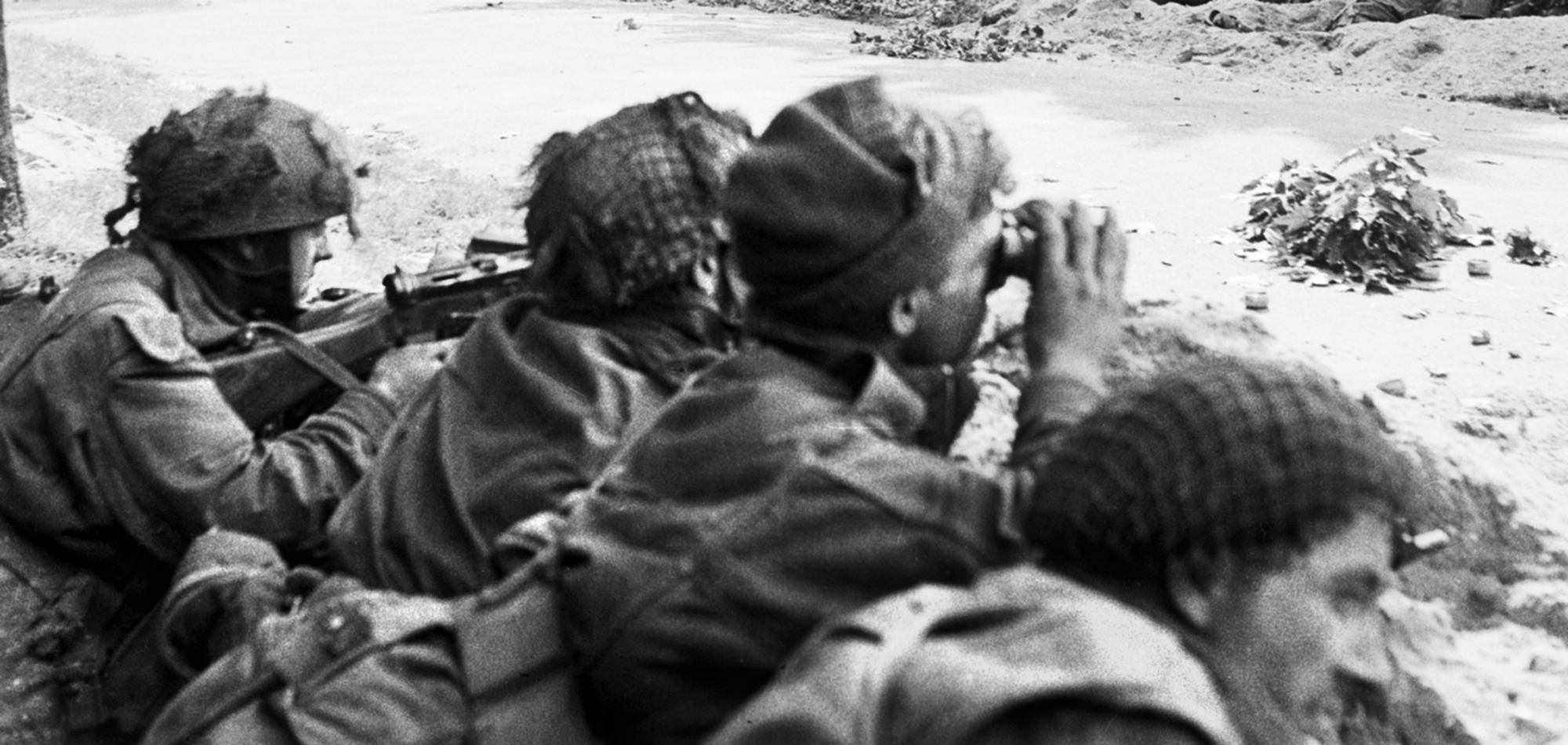
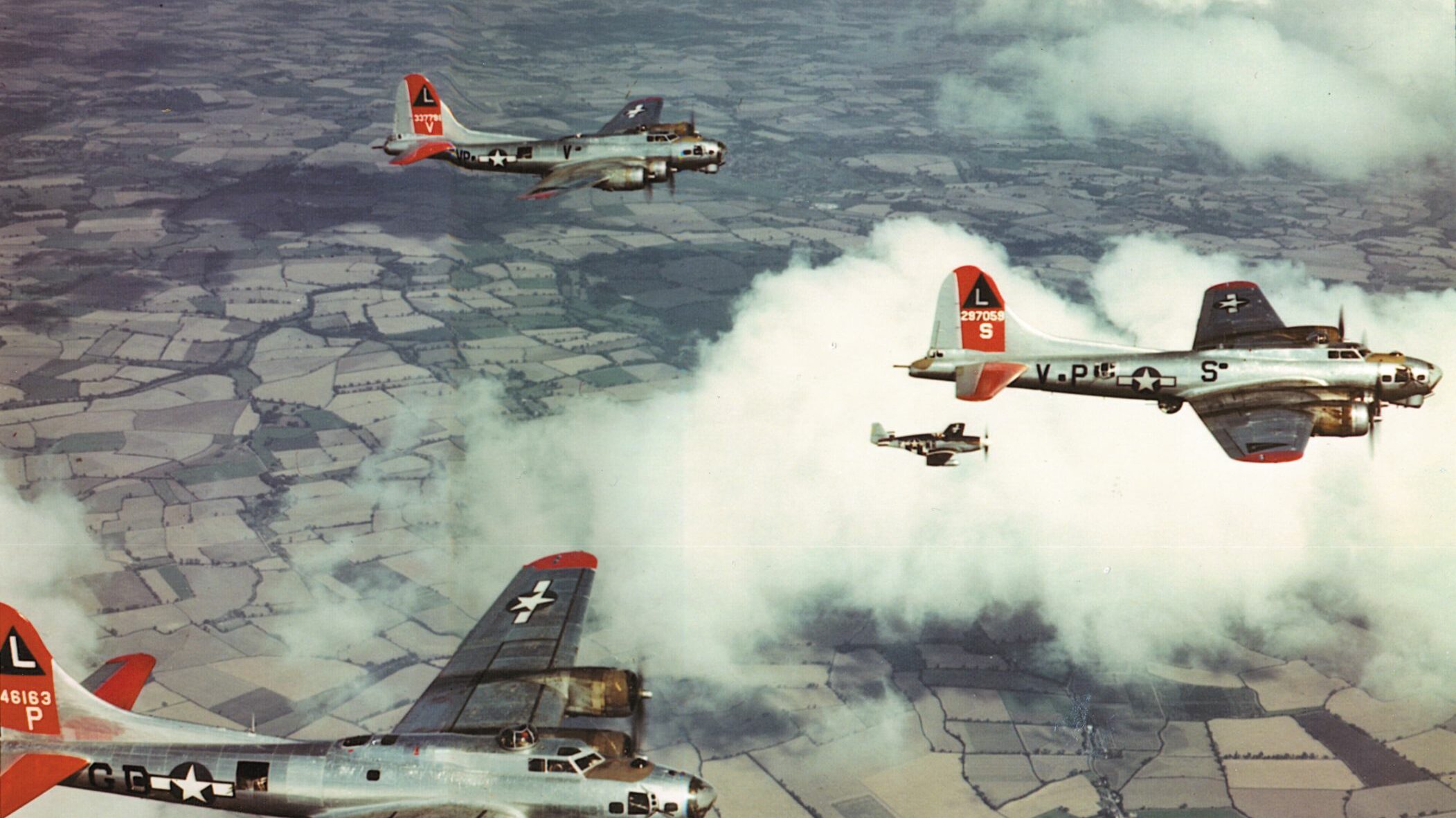
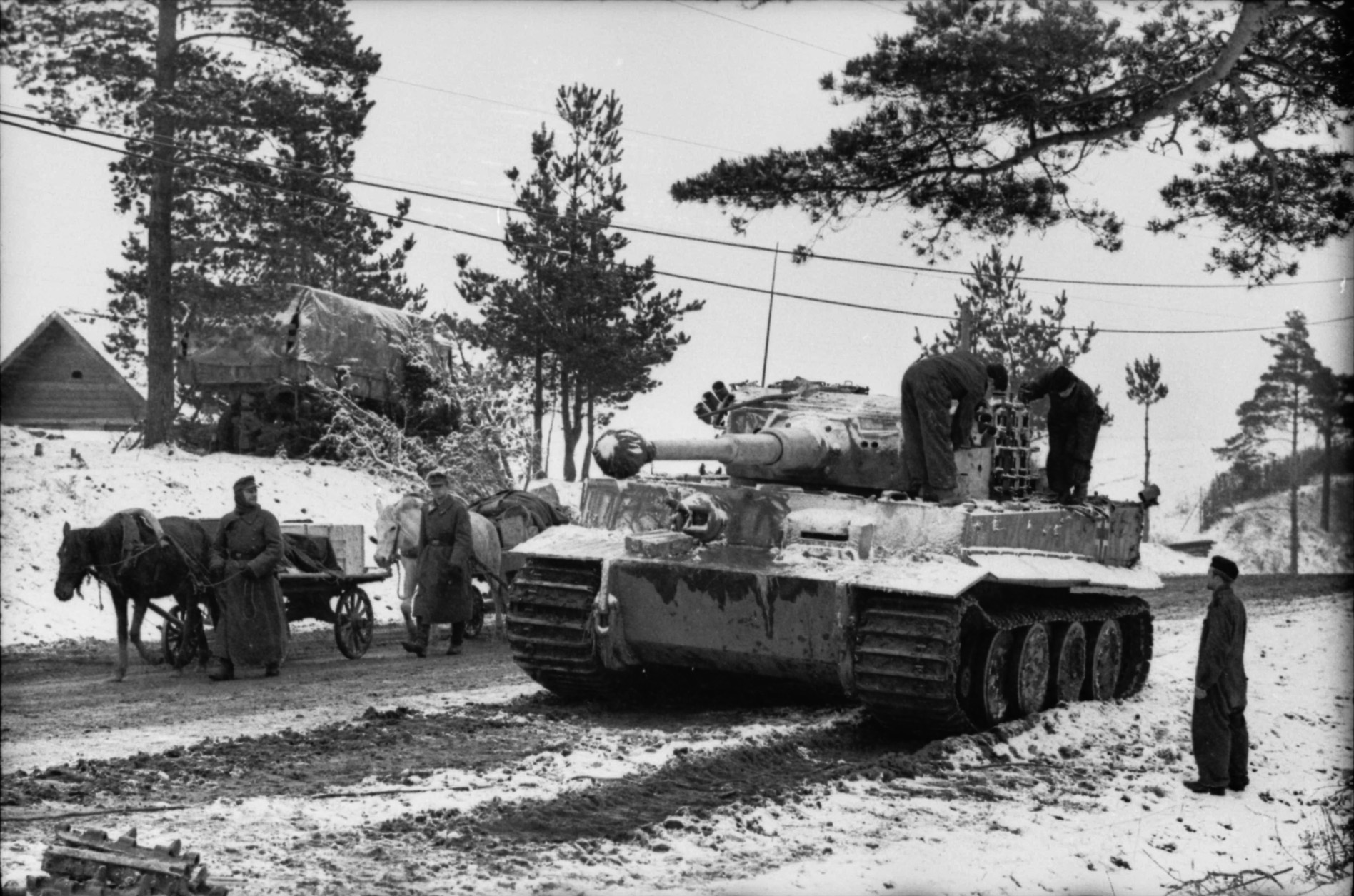
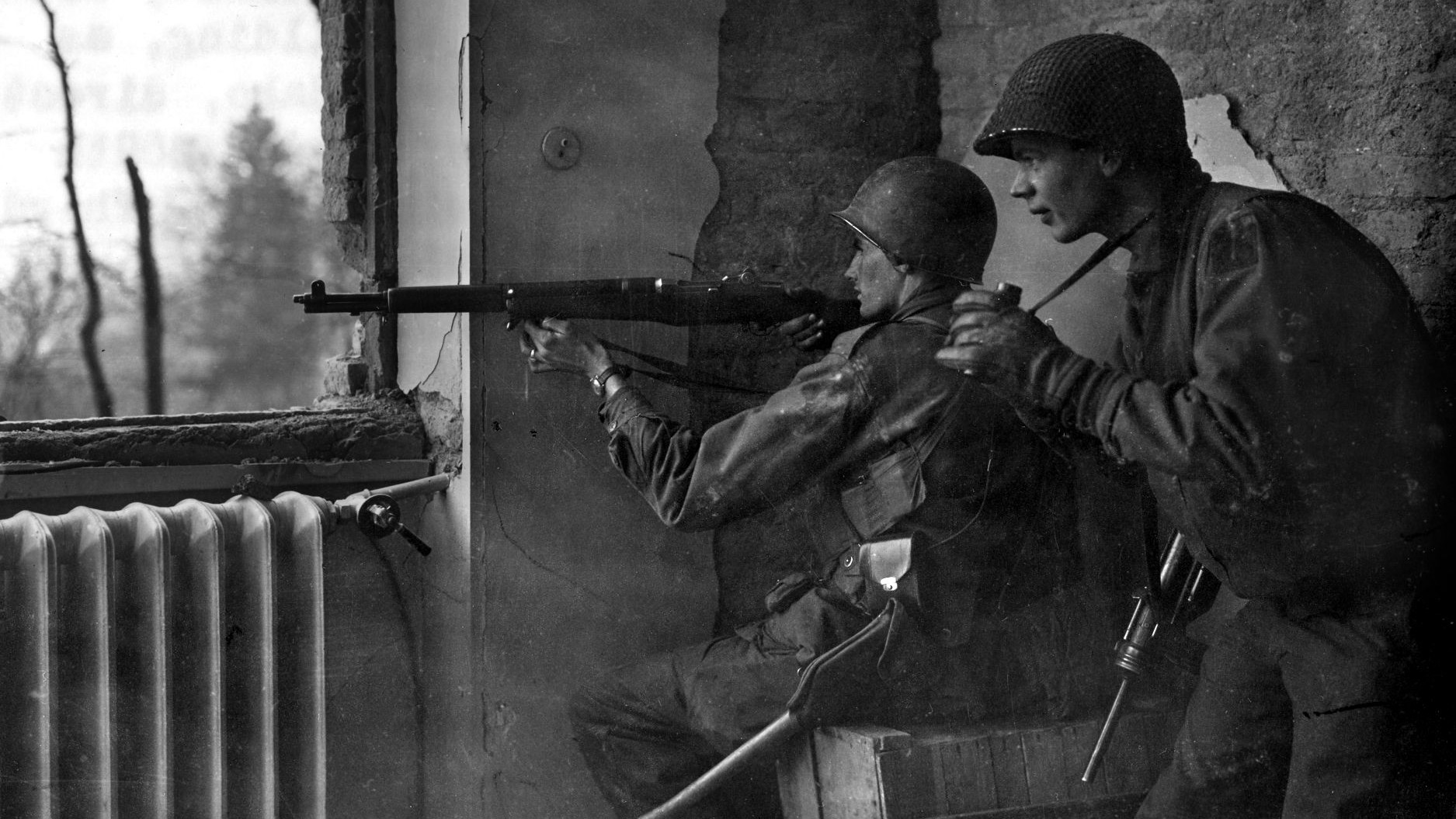
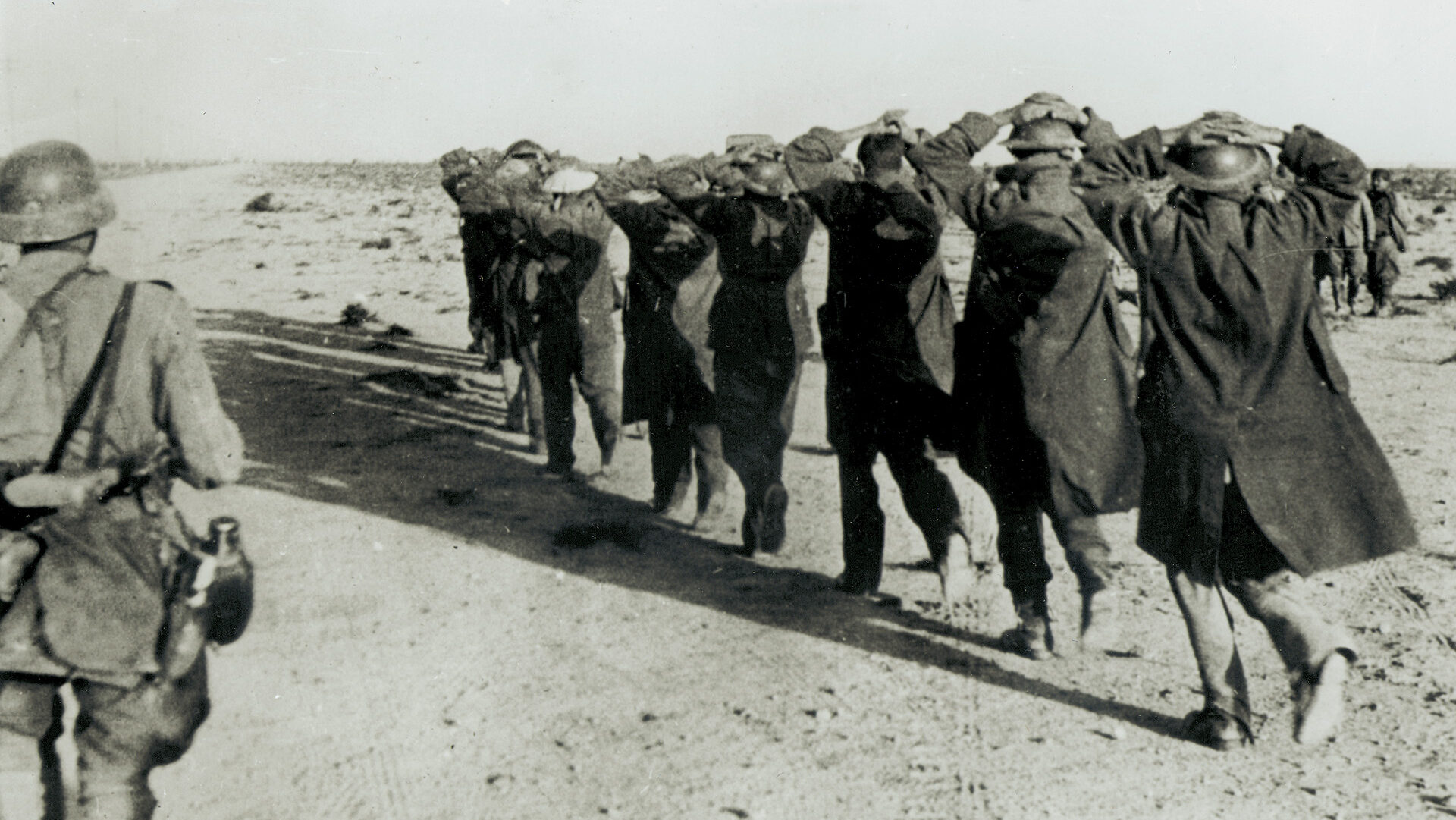
A very elegant study of human brutality.
Hoess was a truly frightening man, in all of his terrifying banality.
No wonder he was beaten very badly by the soldiers who caught him.
“The face of evil looks like yours and mine.”- Charles Beaumont
There is a film about Hoess and his family running currently on some cable TV channels. It depicts their efforts to have a “normal” family life amid all the horror of the camp next door. The incongruity of the situation contributes to the view of the dark events taking place at his command. The fact that they were comfortable with all this is quite frightening and disgusting.